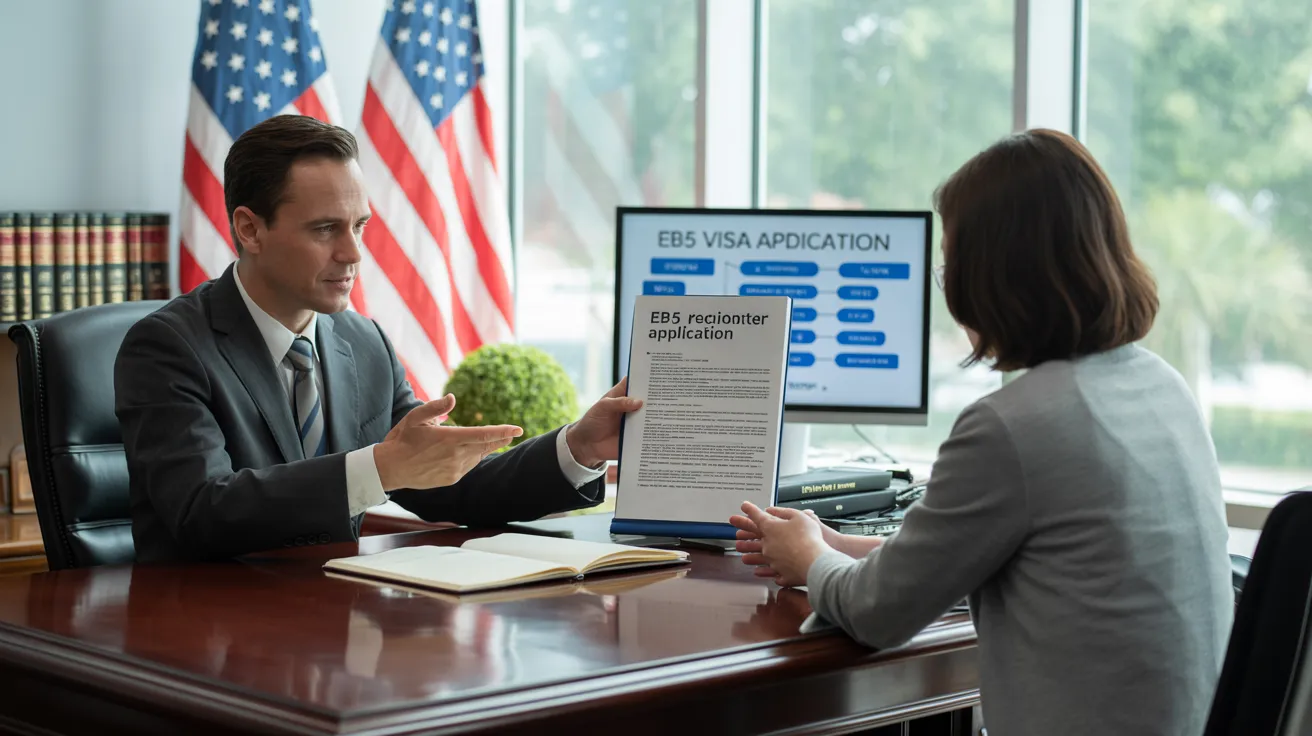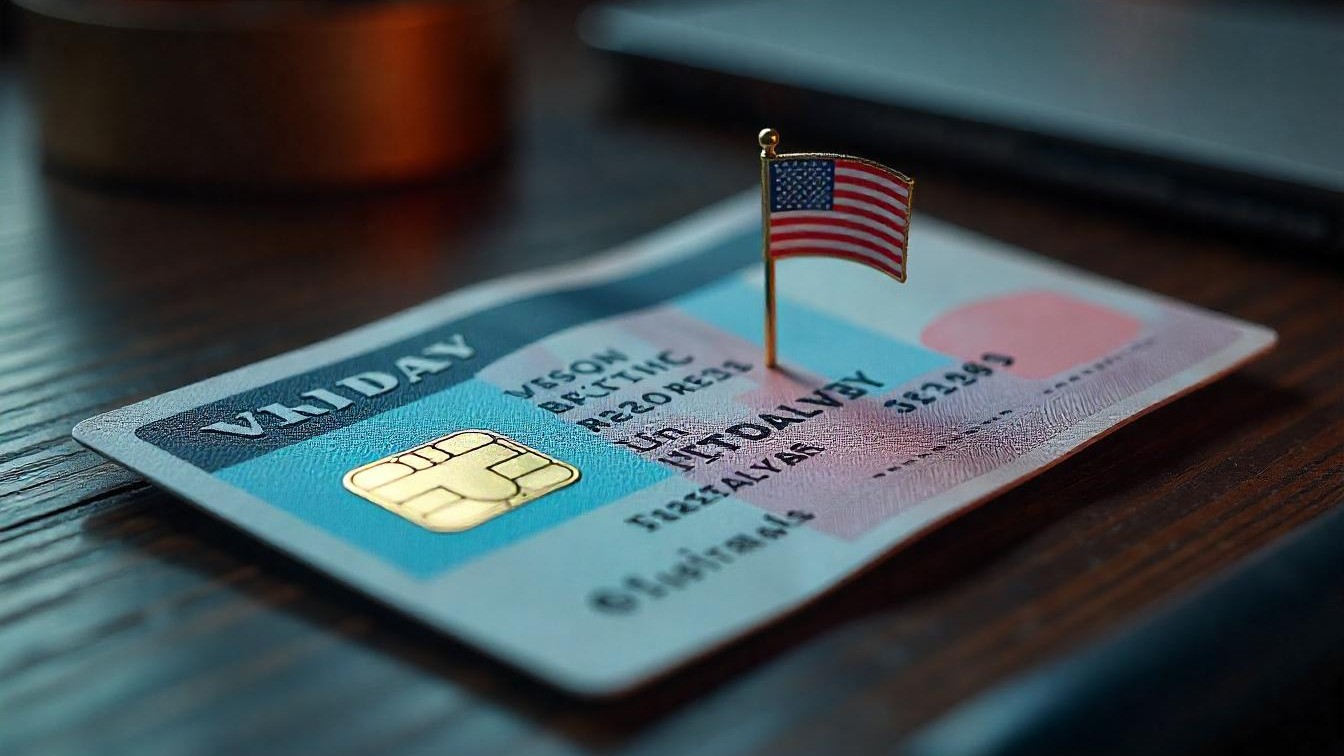Examine This Report about L1 Visa
Table of ContentsL1 Visa Things To Know Before You Get This7 Easy Facts About L1 Visa ExplainedExamine This Report about L1 VisaThe Definitive Guide for L1 VisaL1 Visa for Dummies
L-1 visas are offered to workers of a global business with offices in both the United States and abroad. L1 Visa. The visa permits such international employees to move to the company's United States workplace after having worked abroad for the business for at the very least one constant year within the previous three before admission in the United StatesOne L-1 visa can permit several employees entrance right into the United States.
Given that 2000, Indian nationals are the biggest receivers of L-1 visas. The number of L-1 visas provided to Indian nationals leapt from 4.5 percent in 1997 to 43.8 percent in 2006. In 2019, Indian nationals obtained 18,354 L-1 visas, accounting for 23.8% of all L-1 visas issued in 2019. According to USCIS information, the largest employers to obtain L-1 visas in 2019 were Tata Consultancy with 1,542 authorized L-1 visa requests, Infosys with 517, Amazon with 455, Observant with 382, and Deloitte with 305.
Congress developed the L-1 visa in 1970. It was presented as a "noncontroversial modification" for international American firms. The initial visa called for that the job tenure correspond directly before getting the company transfer. Congress initially did not define "specialized understanding". In 1980, the State Division provided 26,535 L-1 visas.
L1 Visa Fundamentals Explained
Major Indian outsourcing firms such as Tata, Infosys, and Wipro increasingly used the L-1 copyright staff American international corporations. Fifty percent of Tata's workers brought to the United States began L-1 visas. The North American Open Market Agreement had arrangements concerning intracompany transfers in between the U.S., Canada, and Mexico.
By 2000, Migration and National Solution recorded 294,658 visa entries. In 2002, Congress enabled L-1 visa partners, who get on an L-2 visa, the permission to work easily within the United States. In 2003, the Senate Judiciary Board held a hearing on the L-1 visa. In 2004, the variety of L-1B visas surpassed the variety of L-1A visas.

Applicants that are in the United States at the time of the filing of the I-129 can request an adjustment of status from their existing nonimmigrant condition (i.e. visitor, pupil, and so on), as long as they are in condition at the time of the filing of the I-129. If they go out of condition after the declaring, yet before approval, there is no adverse consequence, and the person does not accrue illegal presence.
Youngsters of the main L-1 can participate in college. The spouse of the main L-1 has an automated right to work in the USA. Children can not accept paid employment. The partner can, yet need not, use with the USCIS for work consent after arriving in the USA and, after issuance of the Work Authorization Paper (EAD, Form I-765), may afterwards help any type of company.
L1 Visa - Truths
An I-797 Notification of Action showing the authorization of the visa petition does not assure that a visa will be provided at the U.S.

Fascination About L1 Visa
For an L-1 visa candidate, "double Intent" is enabled: unlike some courses of non-immigrant visas (e.g., J-1 visas (L1 Visa)), L-1 candidates may not be refuted a visa on the basis that they are an intending immigrant to the USA, or that they do not have a residence abroad which they do not plan to desert
L-1 status might be renewed and prolonged within the United States. Other than in the instance of blanket petitions, a new I-129 request need to be submitted. Revival in the USA puts on condition only, not the real visa in the ticket. copyright renewal, the candidate has to most likely to a UNITED STATE

The 5-Minute Rule for L1 Visa
An individual in L-1 status typically may function just for the requesting business. If the L-1 employee gets in based on an L-1 covering, nonetheless, it typically is possible for the worker to be relocated the very same ability to any kind of various other related firm noted on the blanket. The L-1 visa program has been criticized for many reasons.
In one example, The U.S. Division of Labor fined Electronics for Imaging $3,500 for paying its L-1 visa employees $1.21 L1 Visa requirements an hour and working several find out more of them as much as 122 hours a week. Some industry representatives have actually charged companies of making use of the L-1 program to replace united state employees. Critics and federal government authorities have actually pointed out exactly how the visa program does not specify "specialized expertise" for foreign workers in the L-1B visa category.